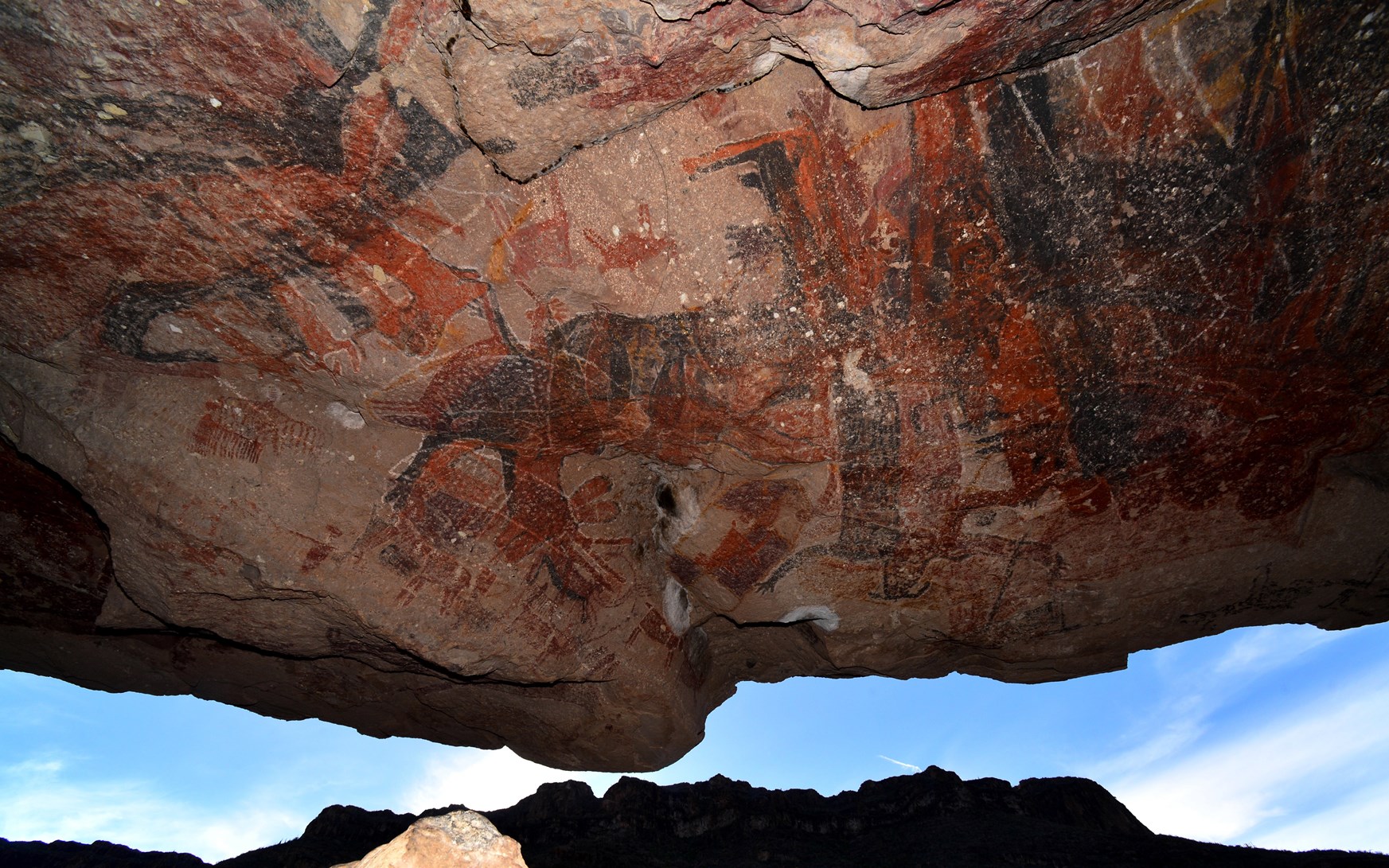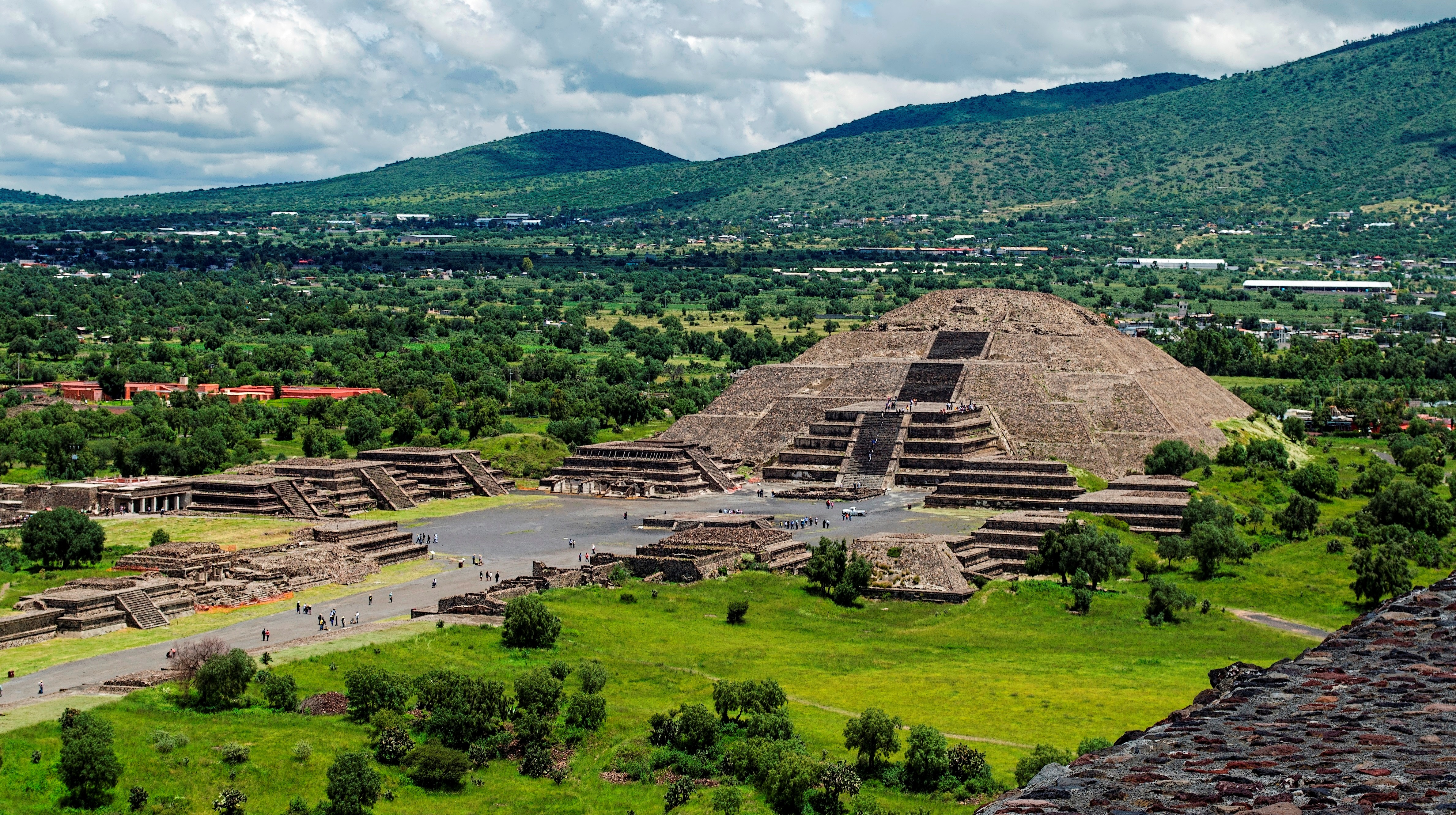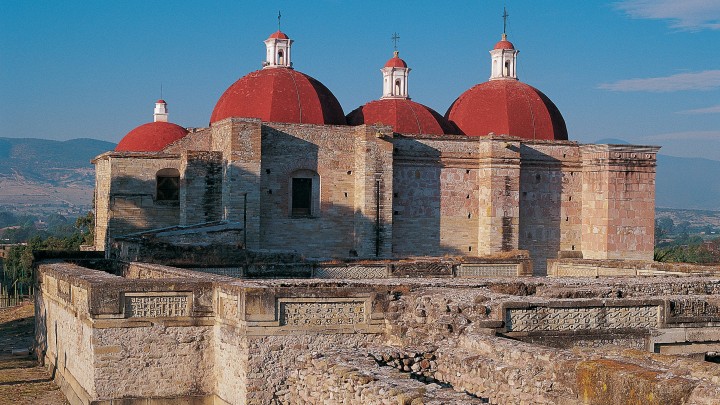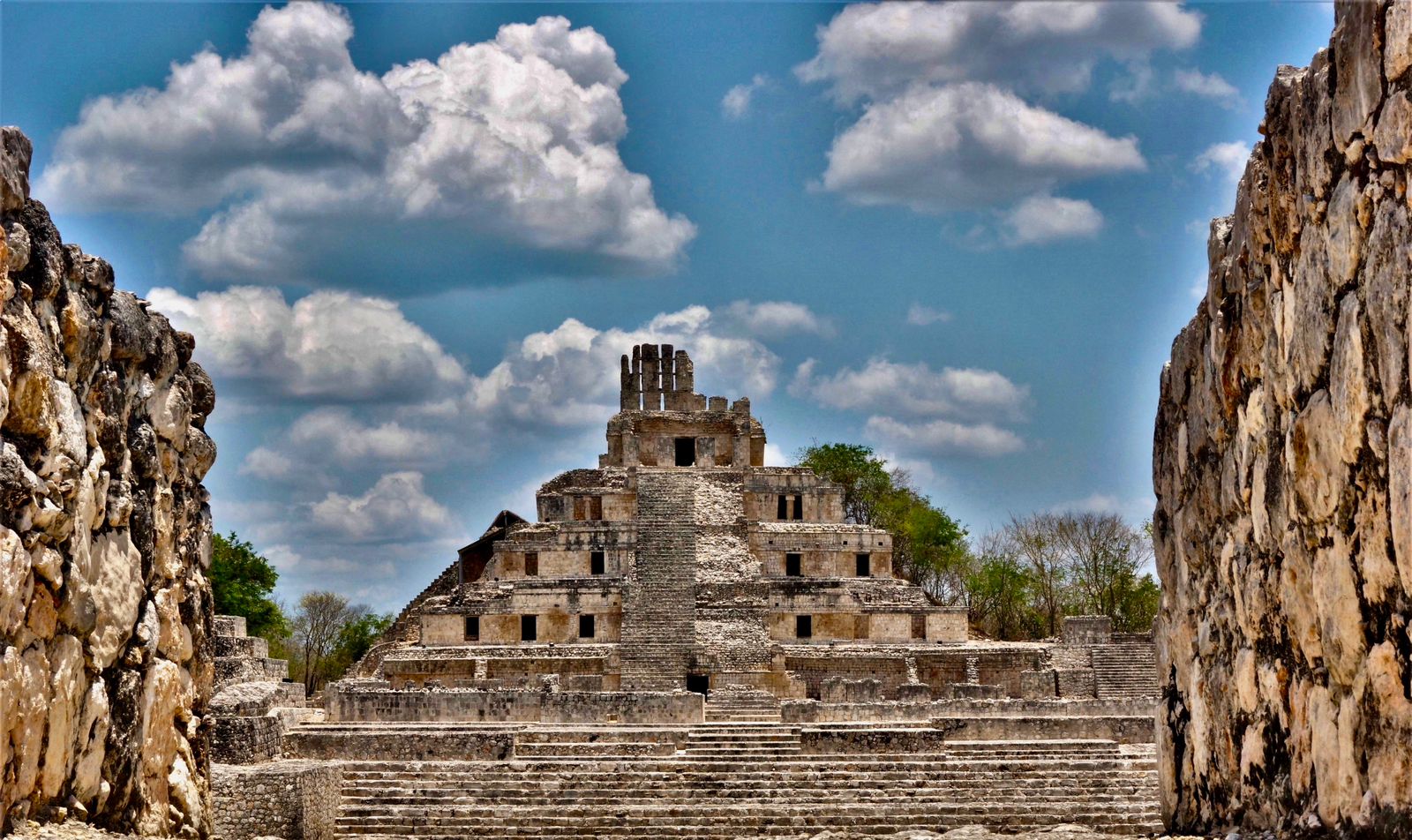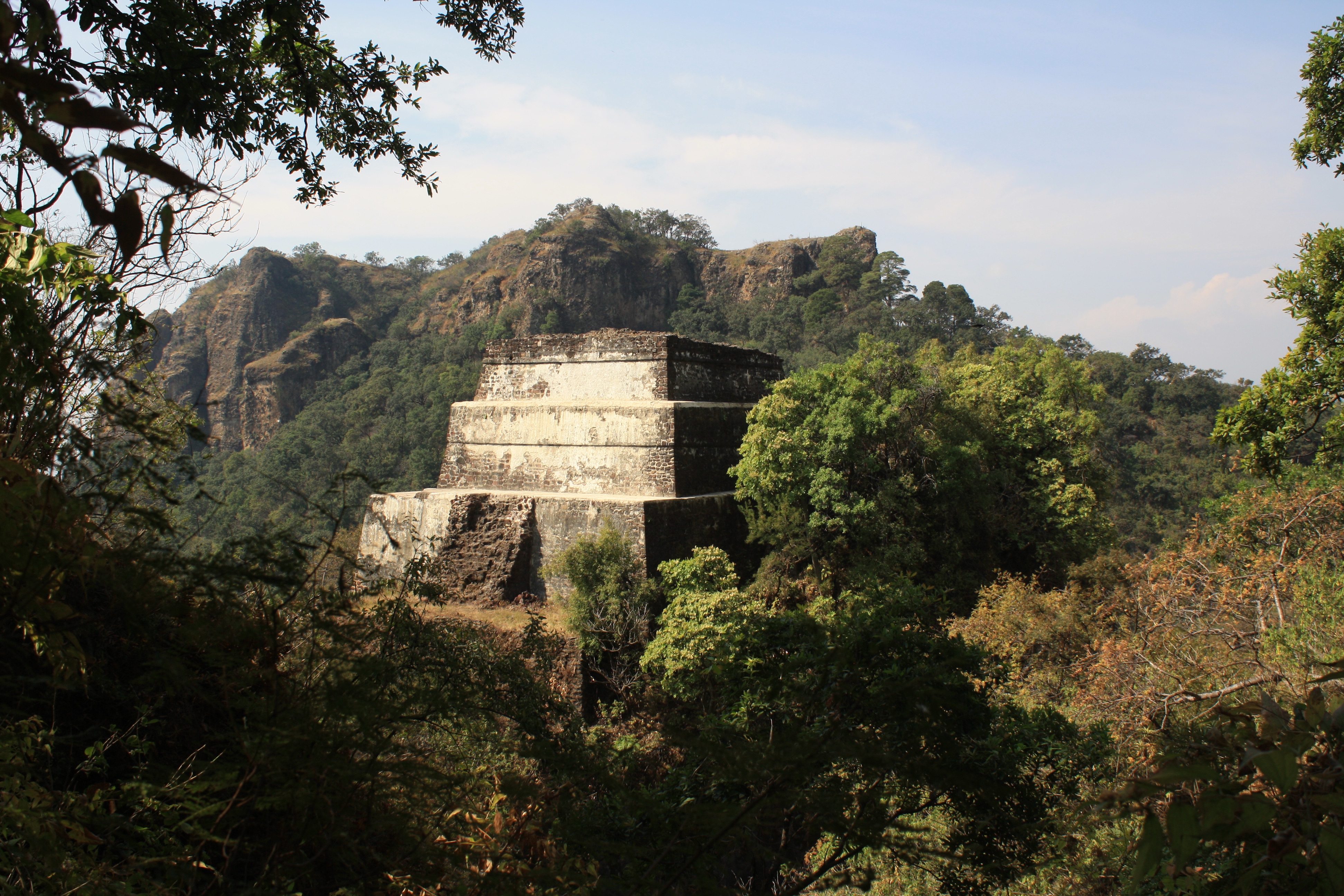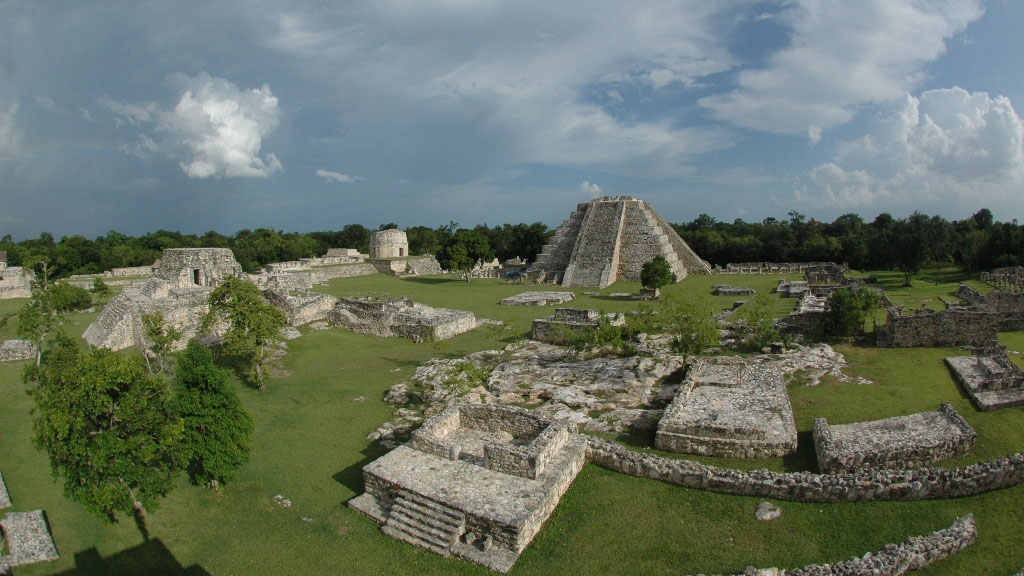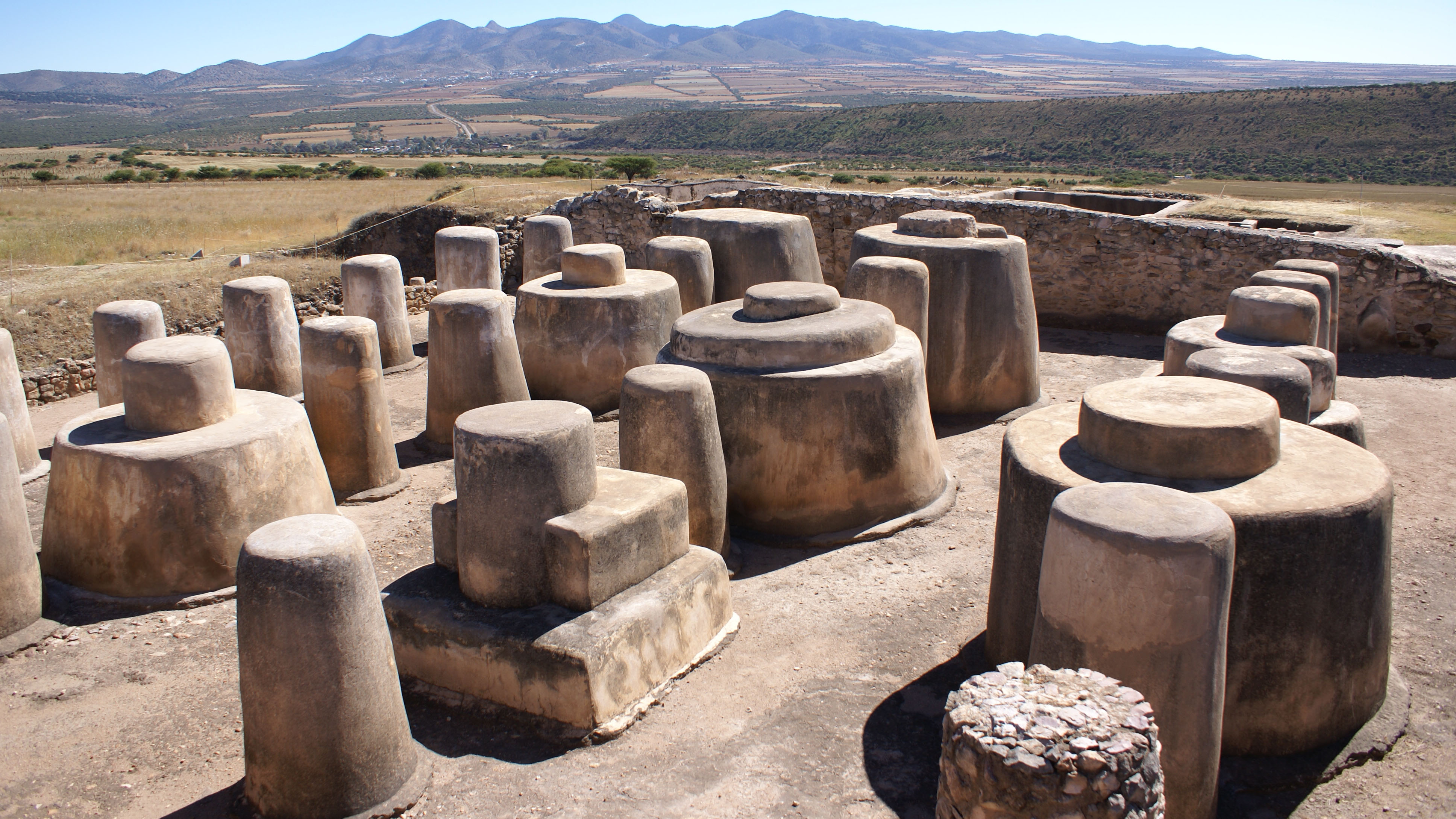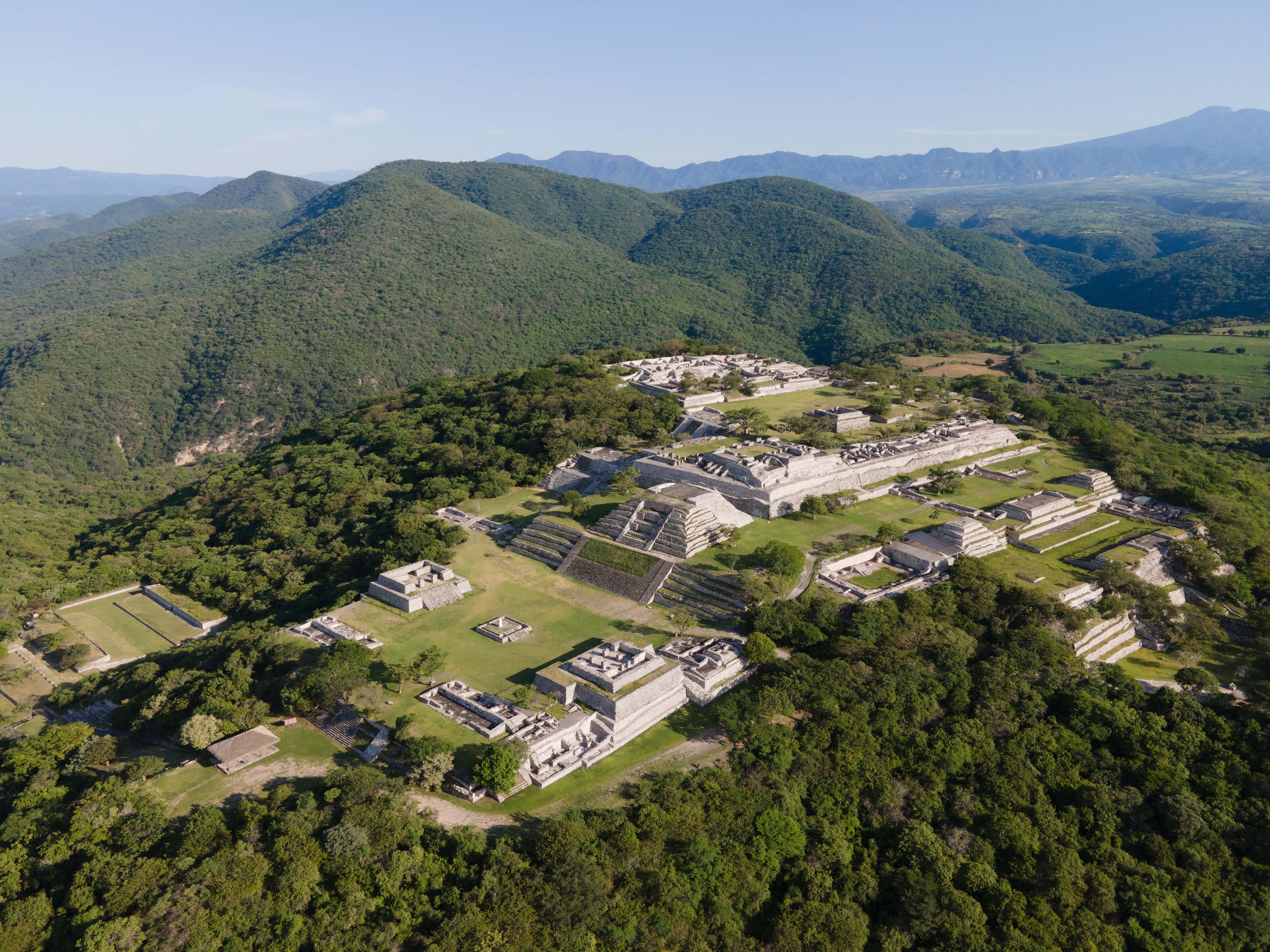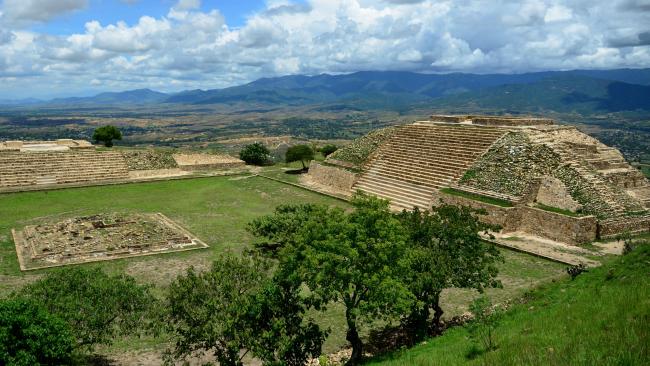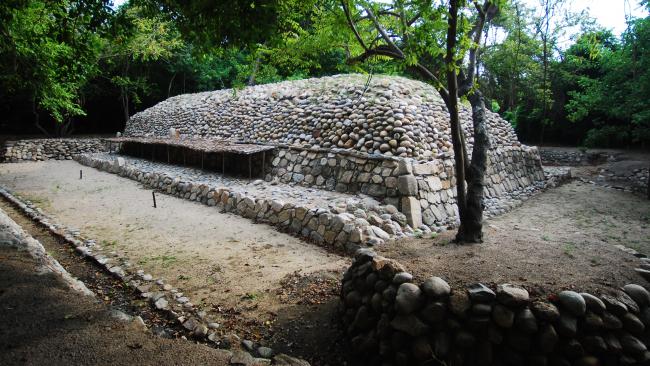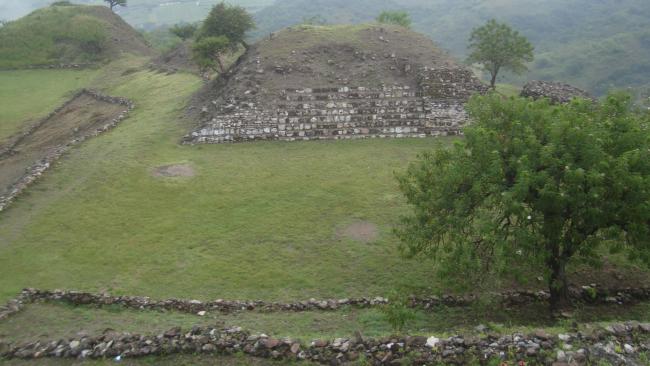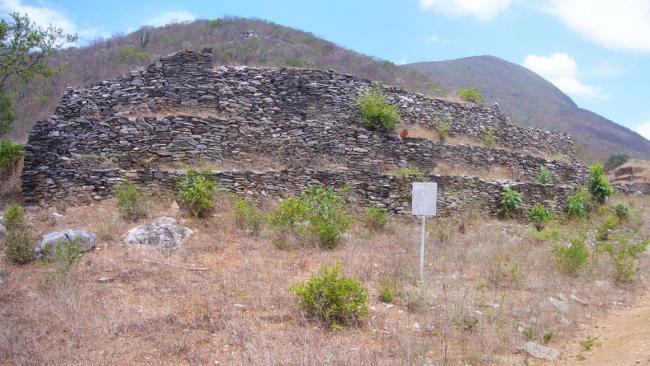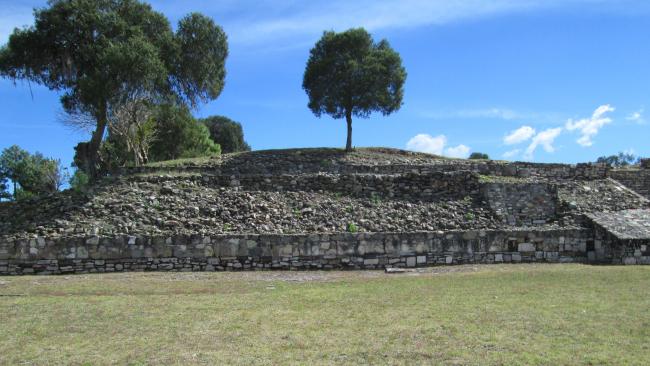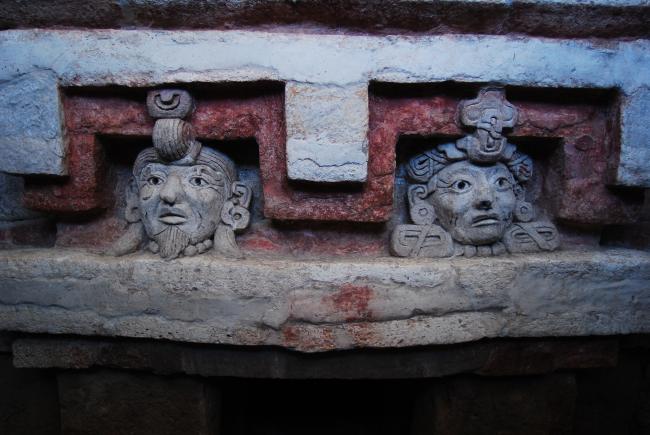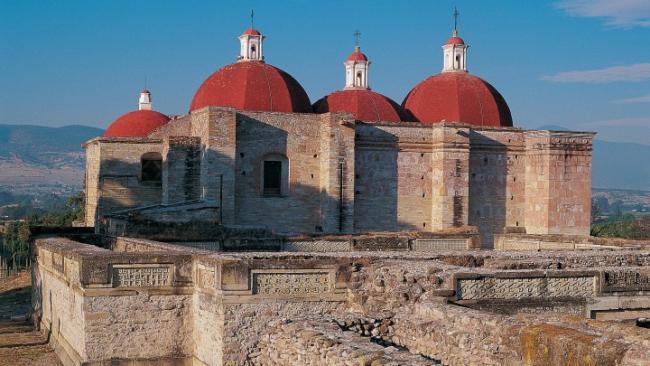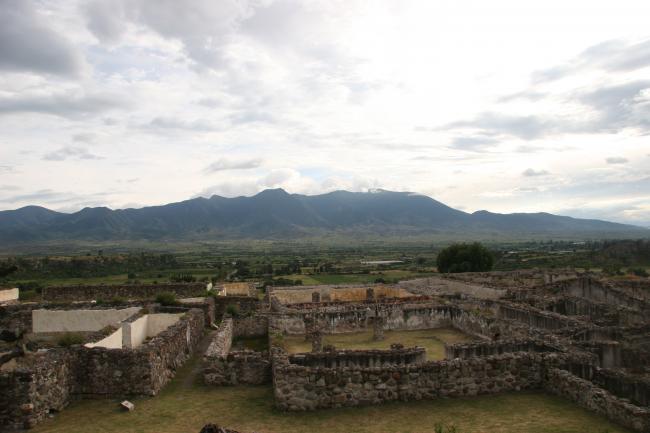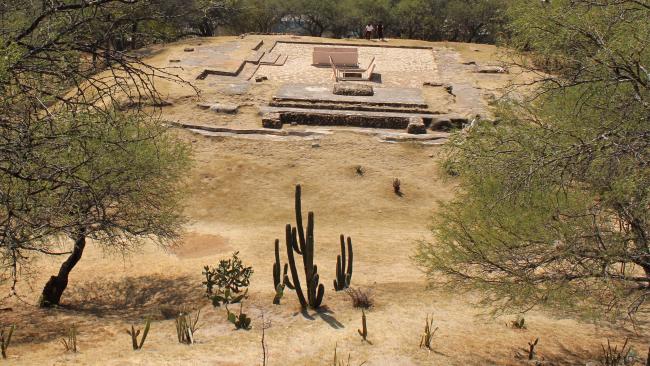
Zonas Arqueológicas
Atzompa
A monumental complex close to Monte Albán that testifies to the expansion of this culture at its height. The nobility lived here, as can be inferred from the numerous palaces, living complexes, squares and a burial complex.
Bocana del Río Copalita
Close to Bahías de Huatulco, this site was a ceremonial center. It is located on the hills near the cliffs of the Oaxaca coast, within the Eco-Archeological Park, a wonderful natural setting.
Cerro la Campana (Huijazoo)
An ancient Zapotec city whose Tomb 5 contained a plethora of symbols and beautiful figures, considered one of the finest examples of funerary art in ancient Mexico. It has a rich array of religious buildings from 300 and 800 AD when the city was flourishing.
Dainzú
Contemporary with Monte Alban, it is remarkable for the adaptation of the buildings to the terrain, which appear to lean against the hillside. There are also magnificent reliefs depicting ball players.
Guiengola
It is believed to have been a fortress for defense against hostile groups, and at the time of the Conquest it was a Mixtec administrative center.
Huamelulpan
One of the main urban centers of the Mixtec culture, outstanding for its monumental architecture and sculpture, carvings with calendar signs and a ballcourt related to a ritual which often culminated in human sacrifice.
Lambityeco
Its main activity was trade and production of salt. Contemporary with Monte Albán, the Zapotec lineage established here left a historical artistic bequest of magnificent stucco reliefs and artefacts made of bone, as well as mural paintings that can still be seen.
Mitla
This is a zone where stone was worked like jewellery and the Zapotec people showed their devotion to the dead. Here we can see the imprint of the skills of this indigenous group and its marvellous world, established 18 centuries ago.
Monte Albán
The great Zapotec capital, on the flattened top of a group of hills, where the populace lived on the hillsides. Marvellous monuments, burial sites, ceramics, gold jewellery and fine stones. A rival of Teotihuacan, it was invaded by this empire, but survived to leave this amazing legacy.
Yagul
In the tenth century AD, the early inhabitants of the region of Yagul built communicating platforms across the hills that surround the Caballito Blanco plateau. On top of these they built pyramids, palaces, sepulchres and a great ballcourt. At one time they were all painted red, and they still…
Zaachila
A Zapotec-Mixtec city still lived in when the Spanish arrived and governed by king Cosijoeza. It is known for its architecture and the tombs discovered here including one with a rich offering of gems and objects made from gold and precious metals.

